An estimated 100,000 storms occur annually in the United States and America, and about 10% of these reach severe levels. These thunderstorms are more likely to occur in spring and summer during afternoons and evenings, yet storms can occur at any time and all year round.
What’s the aftermath of severe storms, and how do you carry out effective and prompt storm repair? Well, keep reading this article as we walk you through the process.
Common Types of Storm Damage
Flooding
This is one of the most significant risks associated with severe thunderstorms across the US. Water can seep in through various cracks, such as in the roof or walls, and easily soak into porous materials.
There’s a higher risk of water damage with low-lying floors as water sits over long periods, threatening the structural foundations of your home.
These effects can be costly, so it’s imperative to address any signs of water infiltration and block any potential passageways through water restoration.
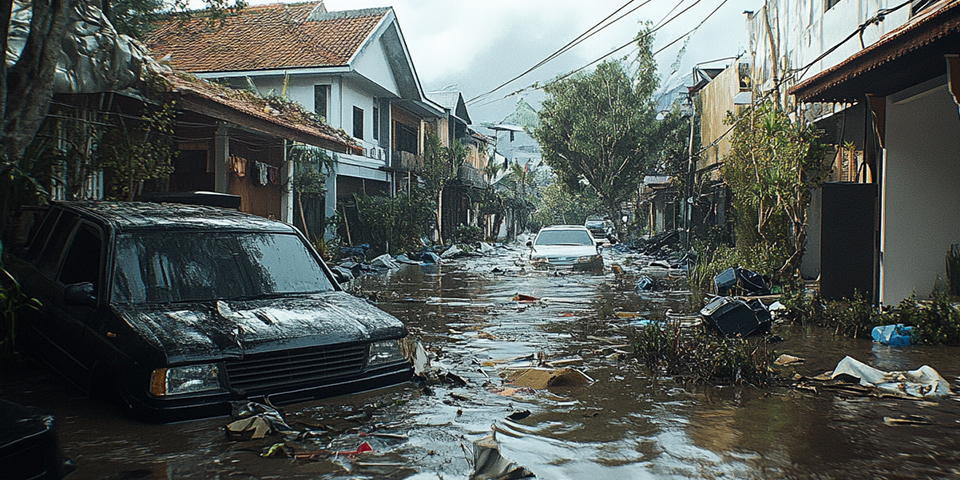
Wind Damage
Wind has catastrophic effects and is one of the most common causes of storm damage. Depending on the severity, the wind could pull off roofs and trees and carry various items around.
It’s recommended that you check your perimeters after the storm. This allows you to assess the level of wind damage to your home and note any fallen trees or hazardous objects.
Ensure that all windows, doors, and openings are properly shut and outdoor facilities properly secured before the storm to minimize the damage caused by wind.
Hail Damage
Hail is another common source of storm damage. It can cause dents and cracks in roofs, various parts of buildings, cars, and outdoor equipment. Look for hail damage when assessing your home for storm damage repair.
You can then contact professionals to help you fix these damages.
Preparing for Storm Damage Repair
The first step in storm damage repair is to inspect the area and assess the level of damage. As such, certain safety precautions are necessary.
Wait for official clearance: Ensure the area is deemed safe by authorities before entering.
Wear protective gear: a helmet, gloves, safety glasses, and sturdy boots or shoes should make up your gear when inspecting.
Assess structural integrity: Be cautious of damaged buildings or structures that may collapse.
Watch for hazards: Carefully check for fallen power lines, sharp debris, and contaminated water and avoid them.
Use proper lighting: Use flashlights or battery-powered lanterns instead of candles to avoid fire hazards.
Avoid electrical dangers: Avoid downed power lines, outlets, and standing water with electrical hazards.
Be mindful of gas leaks: If you smell gas, leave immediately and report it to authorities.
Stay hydrated and take breaks: Inspecting storm damage can be demanding to ensure you’re well-rested and hydrated.
Respect barricades and warnings: Pay attention to restricted areas and warning signs and do not cross them.
Follow local guidelines: Pay attention to specific safety instructions from local authorities.
Bring a first-aid kit: Be prepared for minor injuries.
Have a communication plan: Ensure a working phone or two-way radio to stay in touch with your team and emergency services.
Always prioritize caution and follow these guidelines to minimize risks.
Storm Damage Repair Experience
Step 1: Assess the Damage
Take time to survey the damage. Make a list of what needs to be repaired or replaced. Check for:
Roof damage: missing shingles, holes, or leaks
Wall damage: cracks, holes, or water damage
Window and door damage: broken glass, damaged frames, or torn screens
Flooring damage: water damage, warping, or torn flooring
Electrical and plumbing damage: exposed wiring, broken pipes, or water damage
Step 2: Contact Professionals
Reach out to:
Your insurance company to report the damage and start the claims process.
A contractor or repair service to schedule repairs
Emergency services if you have a hazardous situation like a gas leak or electrical issue.
Step 3: Ensure Safety
As previously mentioned, make sure to have appropriate protective gear on. From gloves to safety glasses, a hard hat, steel-toed boots, and a respirator (if dealing with mold or debris),
Next, you want to secure the area by barricading off dangerous zones, covering broken windows and doors with tarps or plywood, and turning off utilities if necessary.
Step 4: Clear Debris
Remove any broken glass and sharp objects; branches and tree debris, and damaged furniture and belongings.
Step 5: Repair Roofs and Walls
Fix leaks and holes in the roof; cracks and holes in walls; and damaged shingles and siding.
Step 6: Restore Electricity and Plumbing
Repair or replace damaged electrical systems as well as broken pipes and fixtures.
Step 7: Dry Out Wet Areas
Use pumps to remove standing water and fans and dehumidifiers such as the AlorAir® Sentinel SLGR 1400X to dry out wet areas.
Step 8: Repair or Replace Flooring
Fix or replace water-damaged and warped or torn flooring.
Step 9: Address Mold and Mildew
Clean and disinfect affected areas with mold or mildew. Make sure to use proper cleaning products, air scrubbers like the Purisystems S2 Air Scrubber, and protective gear.
Step 10: Complete Final Checks
Ensure that all repairs are complete and the property is safe and secure.
Don’t hesitate to work with professionals when needed, and follow local building codes and regulations during the process.
Assessing Storm Damage for Insurance Purposes
Assessing storm damage for insurance purposes requires a thorough and well-documented process to ensure you receive a fair settlement. This is what you need to do:
Document everything: Take photos and videos of all damage, including exterior and interior damage, roof damage, window and door damage, flooding and water damage, and debris and destruction.
Make a list: Inventory all damaged items, including building materials and personal property.
Measure and record: Measure and record the extent of damage, including the square footage of damaged areas and the number of damaged items.
Keep receipts: Save receipts for temporary repairs, replacement items, and professional services.
Contact your insurer: Notify your insurance company promptly and provide your policy number, damage description, photos, and videos.
Work with an adjuster: Cooperate with the insurance adjuster to schedule an inspection, review damage and estimates, and answer questions.
Review and negotiate: Review the settlement offer and negotiate if necessary.
Understand that finding an insurance company to settle a claim requires research and comparison. So, take enough time to check ratings and reviews, ask for referrals, and ensure the company is licensed and reputable.
Conclusion
Thunderstorms can leave behind a ton of destruction, depending on their severity. So, ensure to examine your surroundings for any damage carefully. Then take immediate action to repair this damage by contacting the necessary professionals as well as your insurance company.







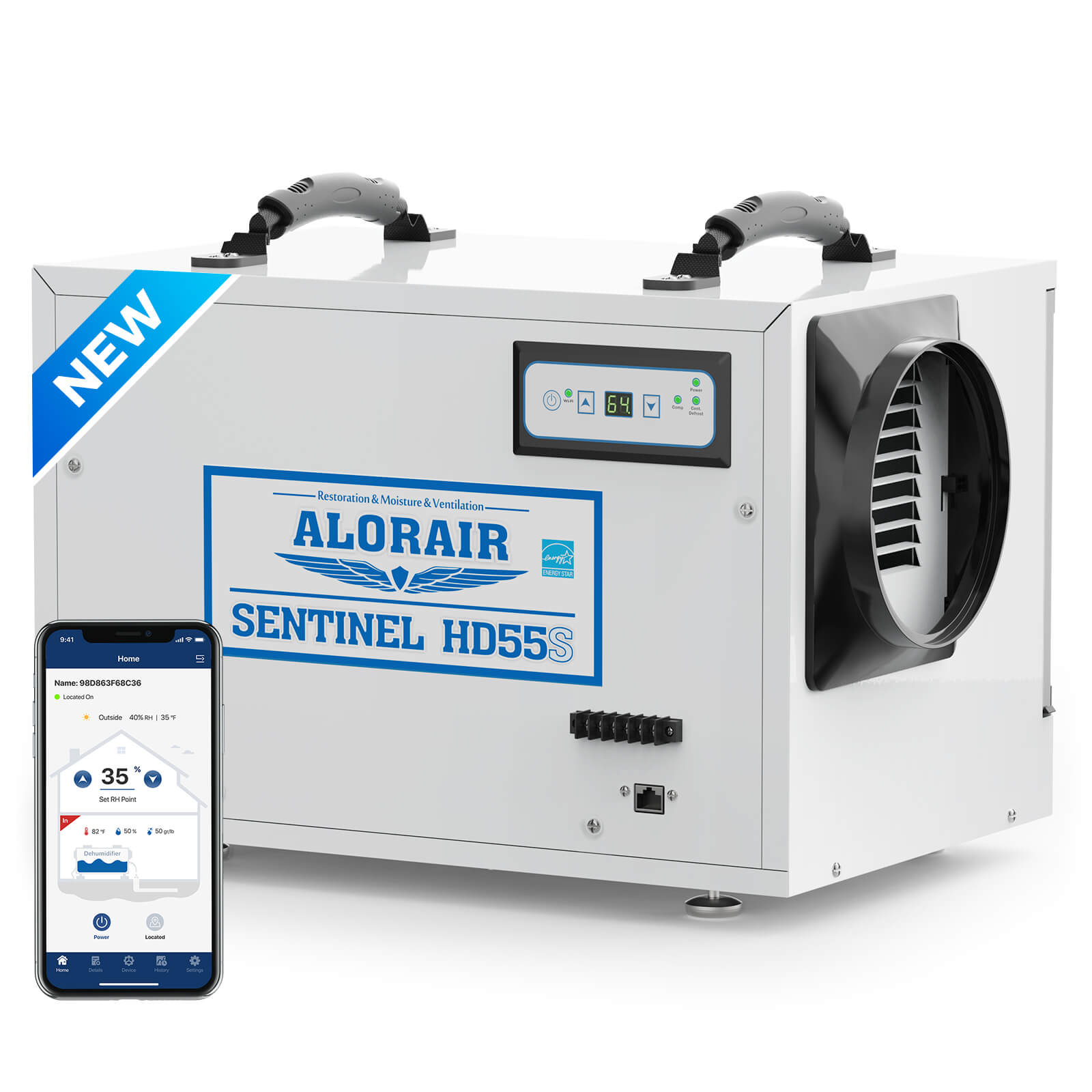
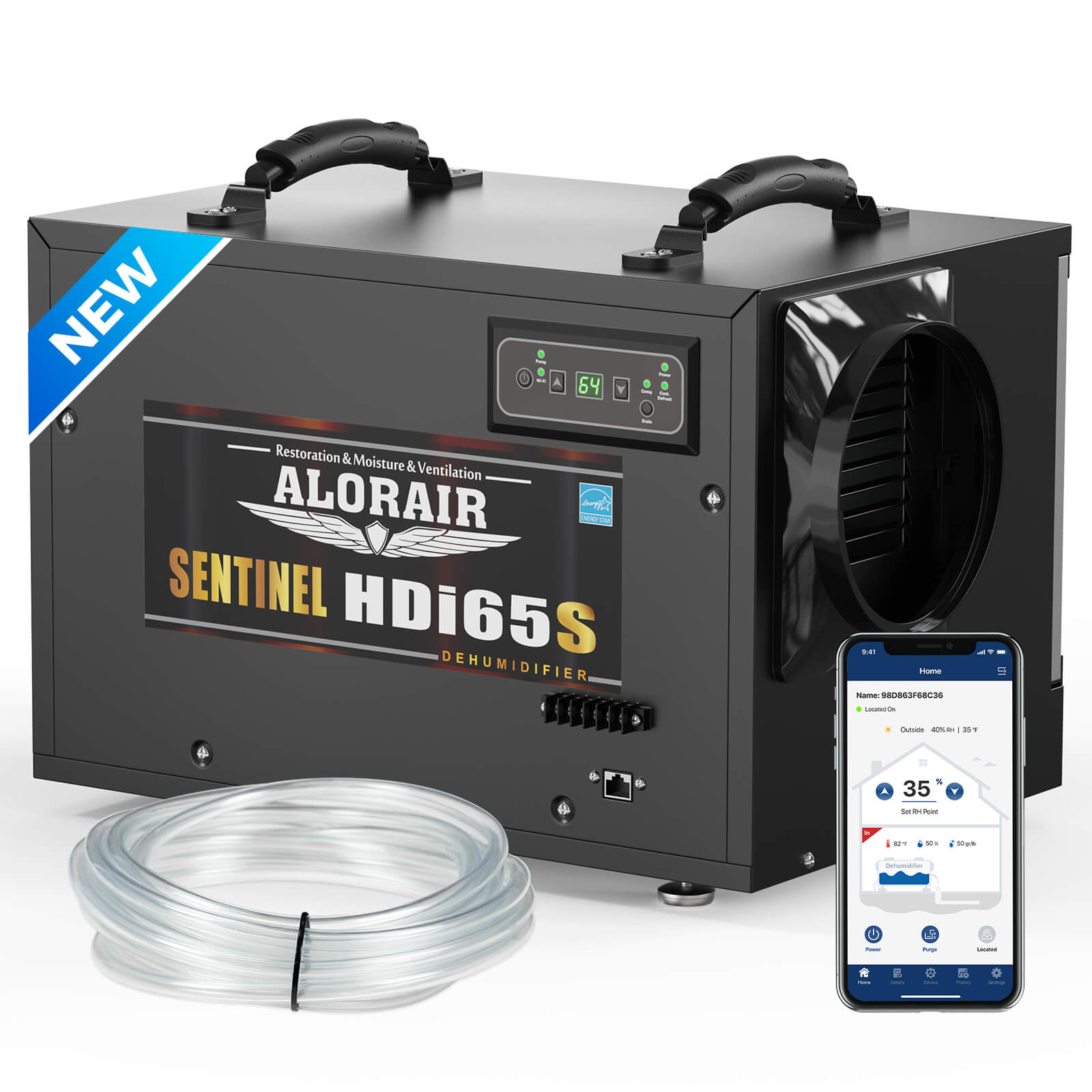
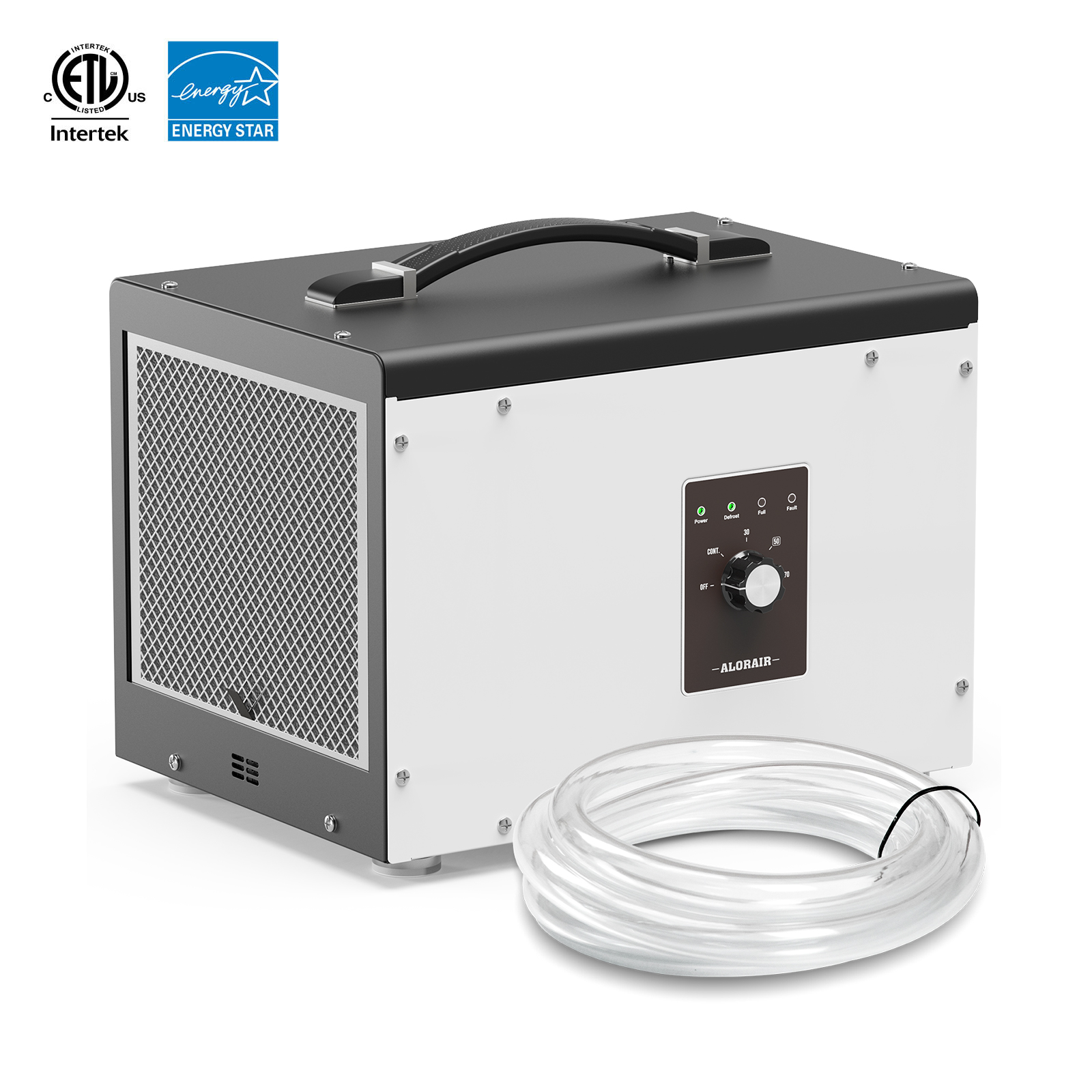
.jpg)
.jpg)

.jpg)
.jpg)
.HDi90.png)
.HD90.png)

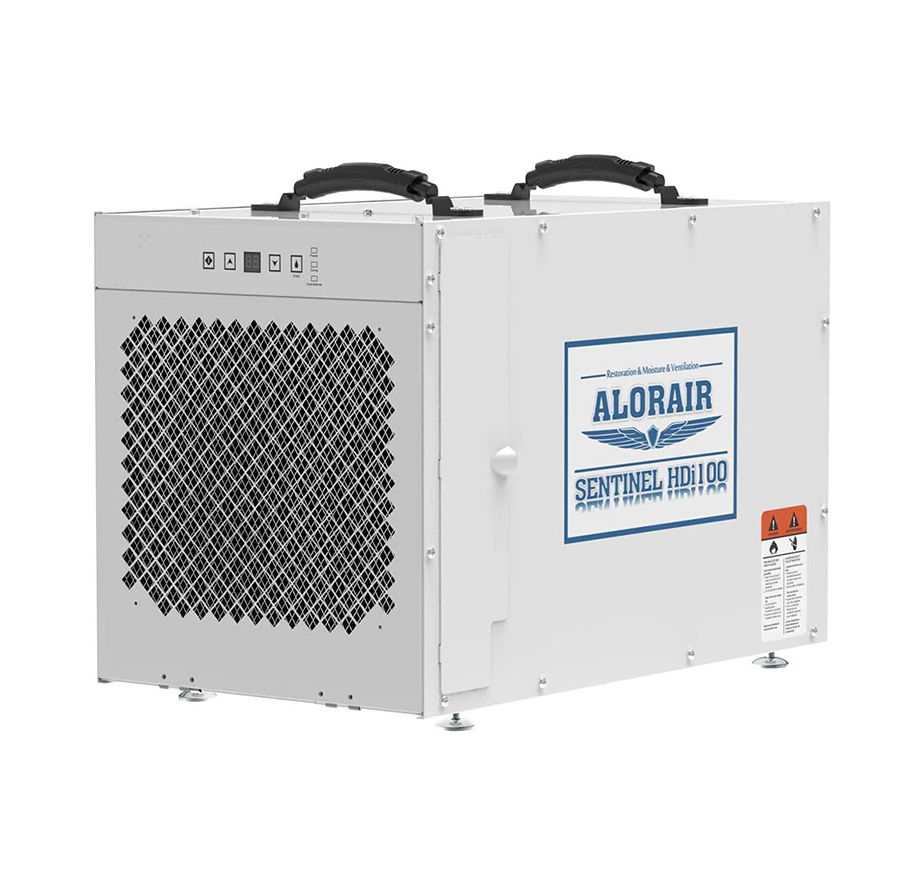


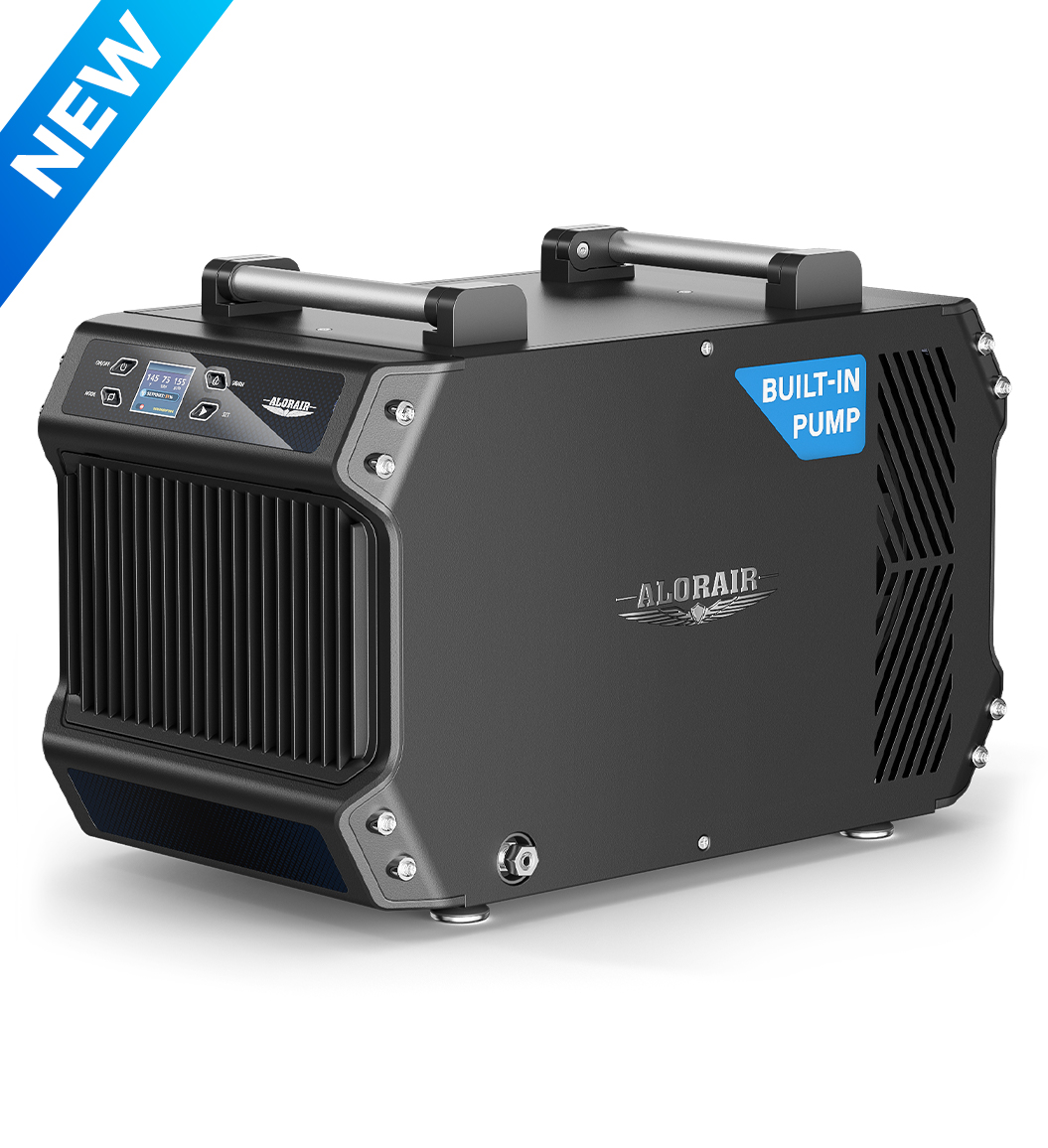




.jpg)
.jpg)
.jpg)





.jpg)
.jpg)


.jpg)








.jpg)
.jpg)








.jpg)
.jpg)












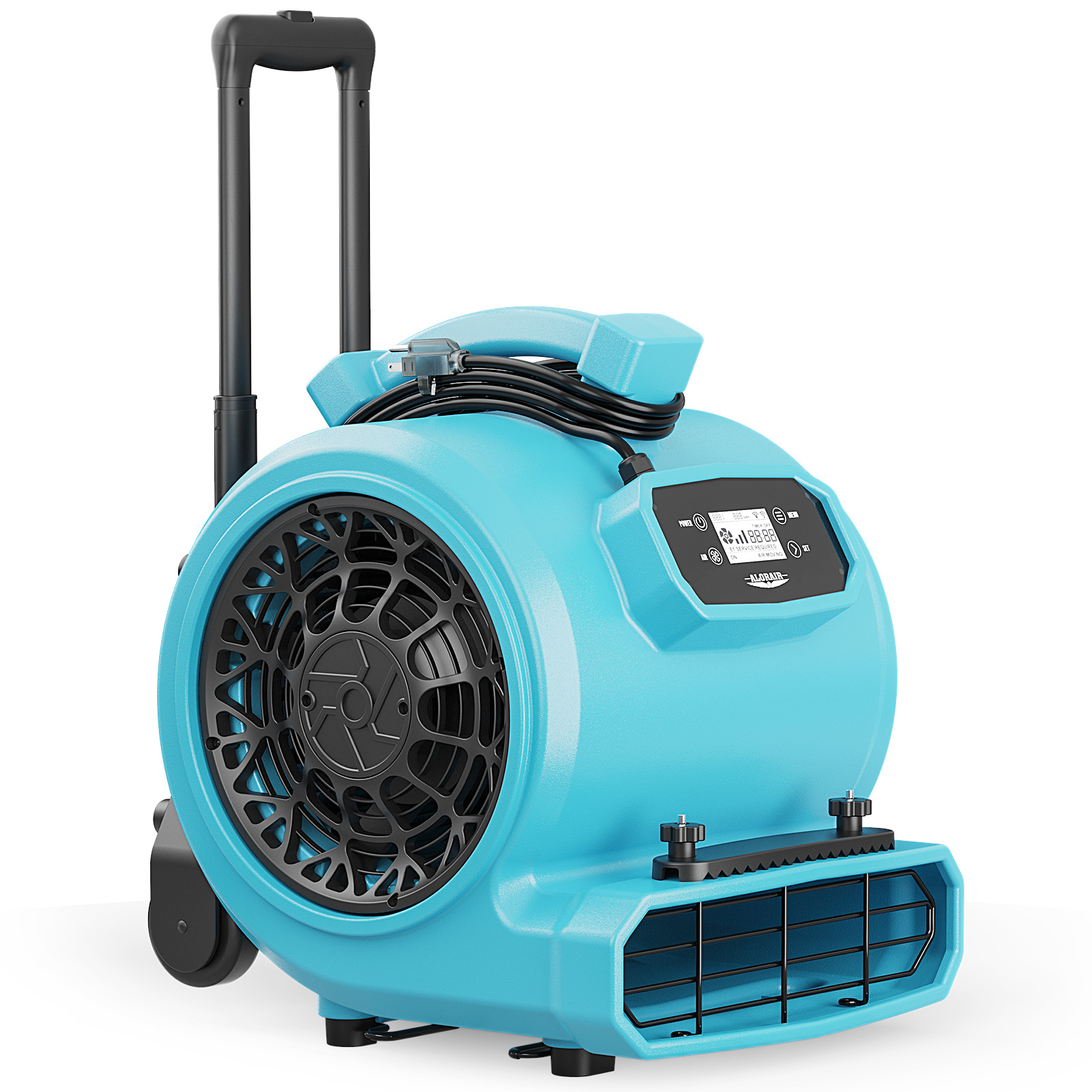
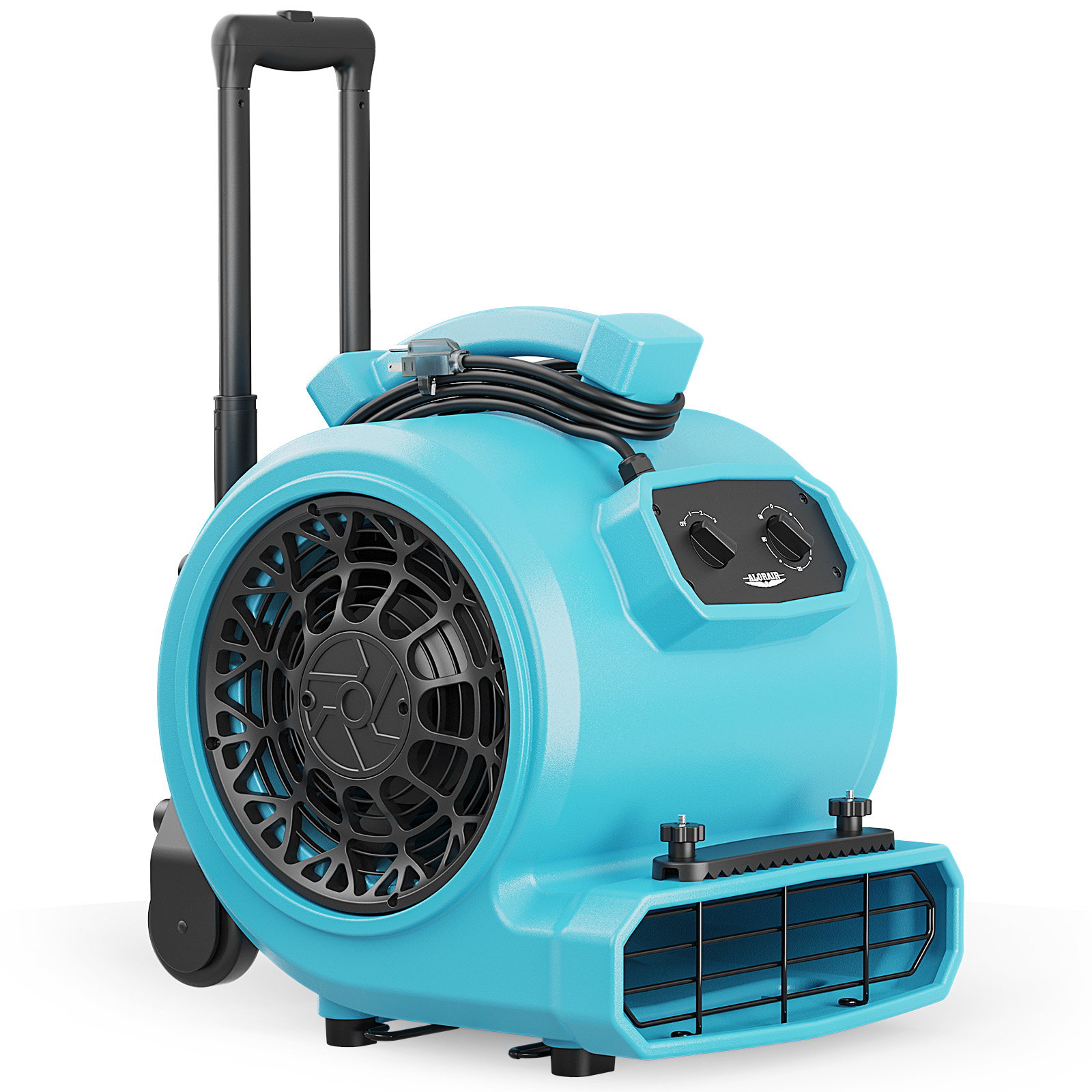

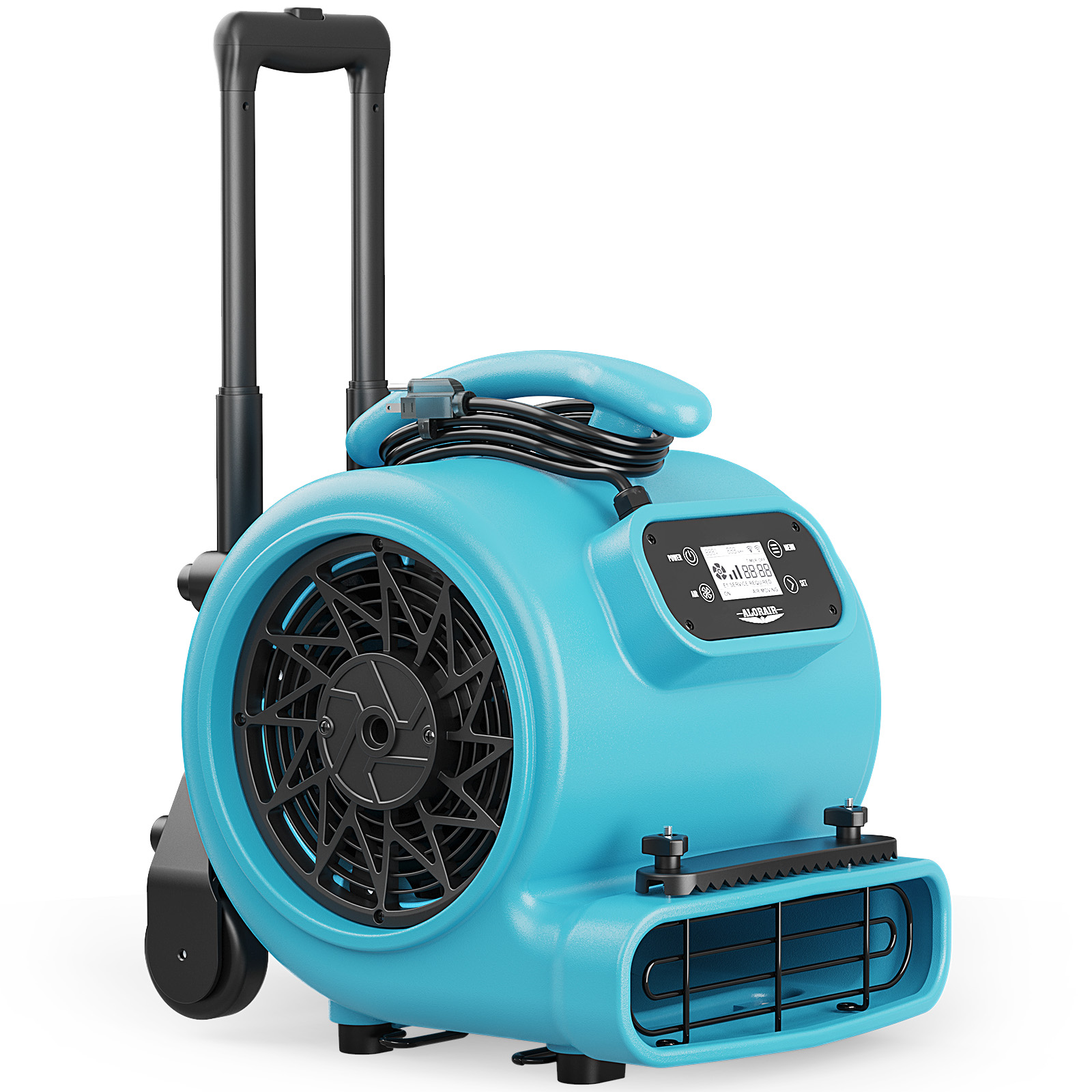
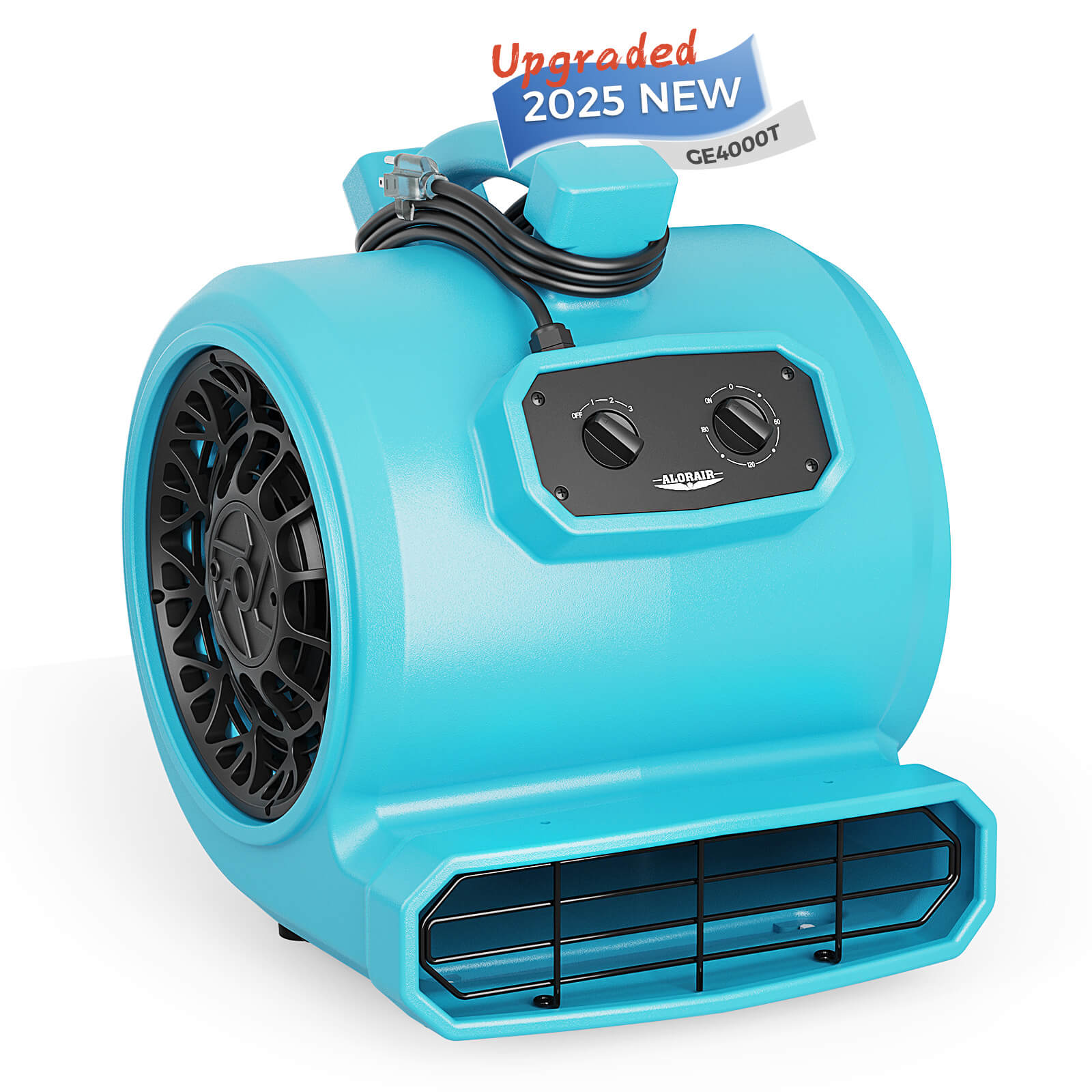
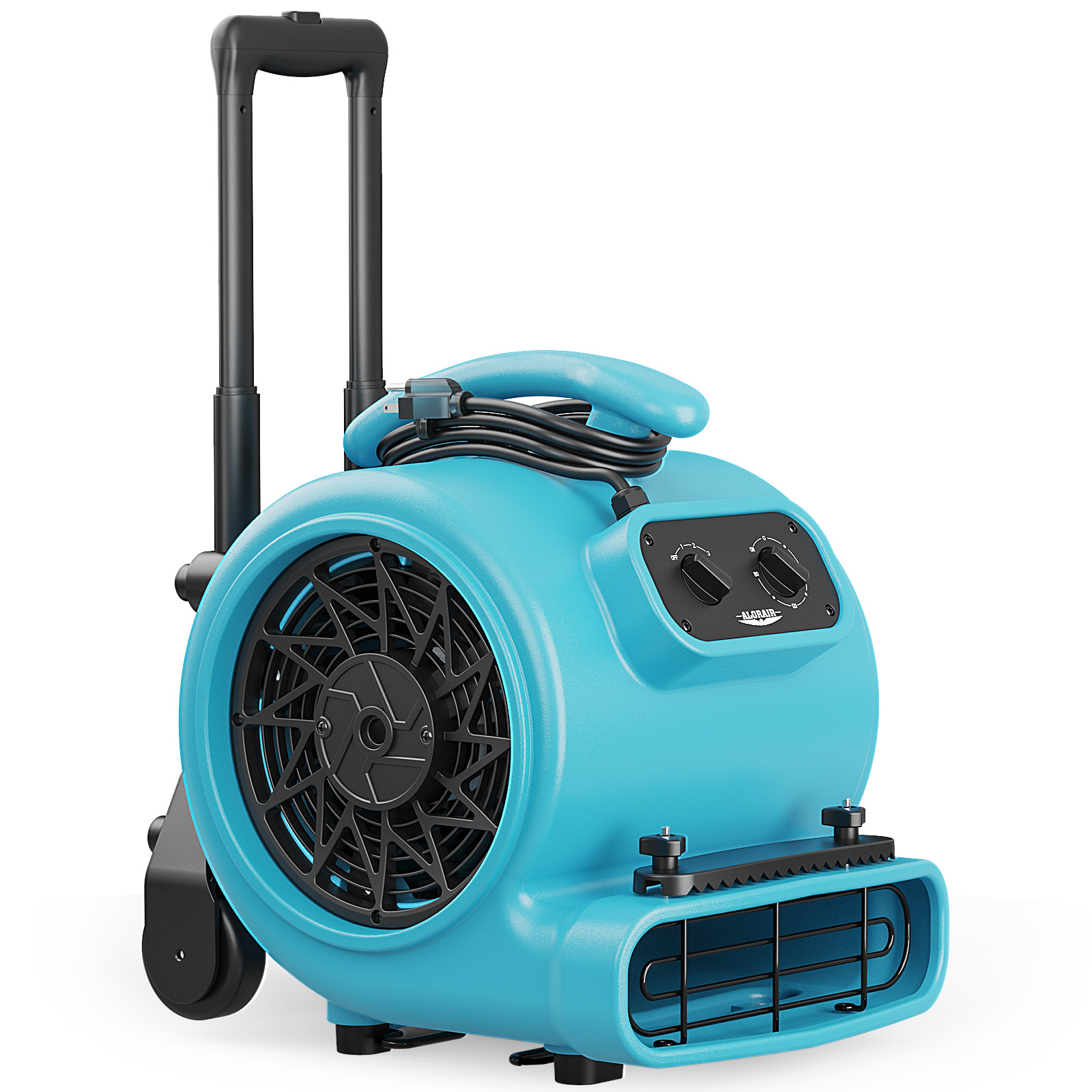
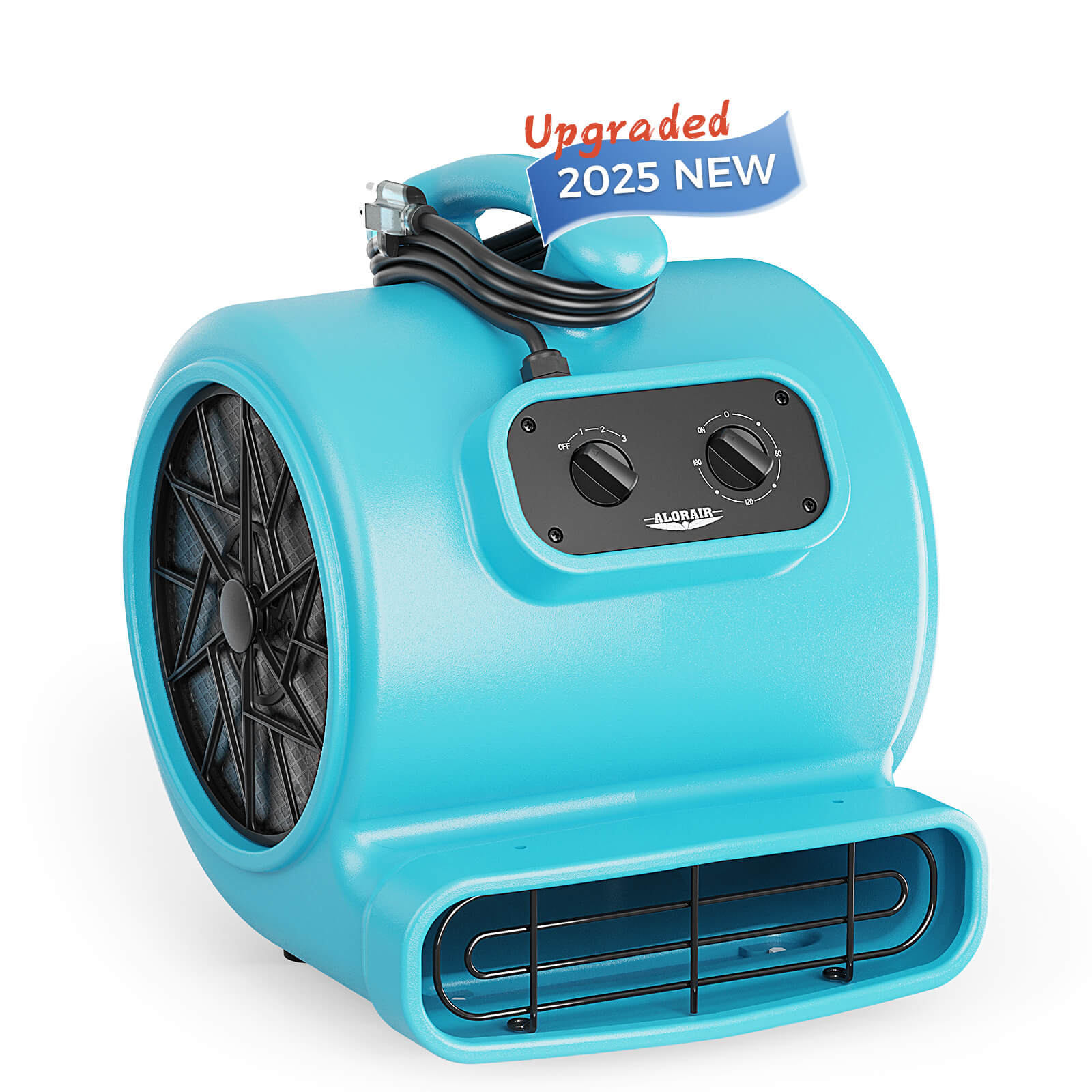
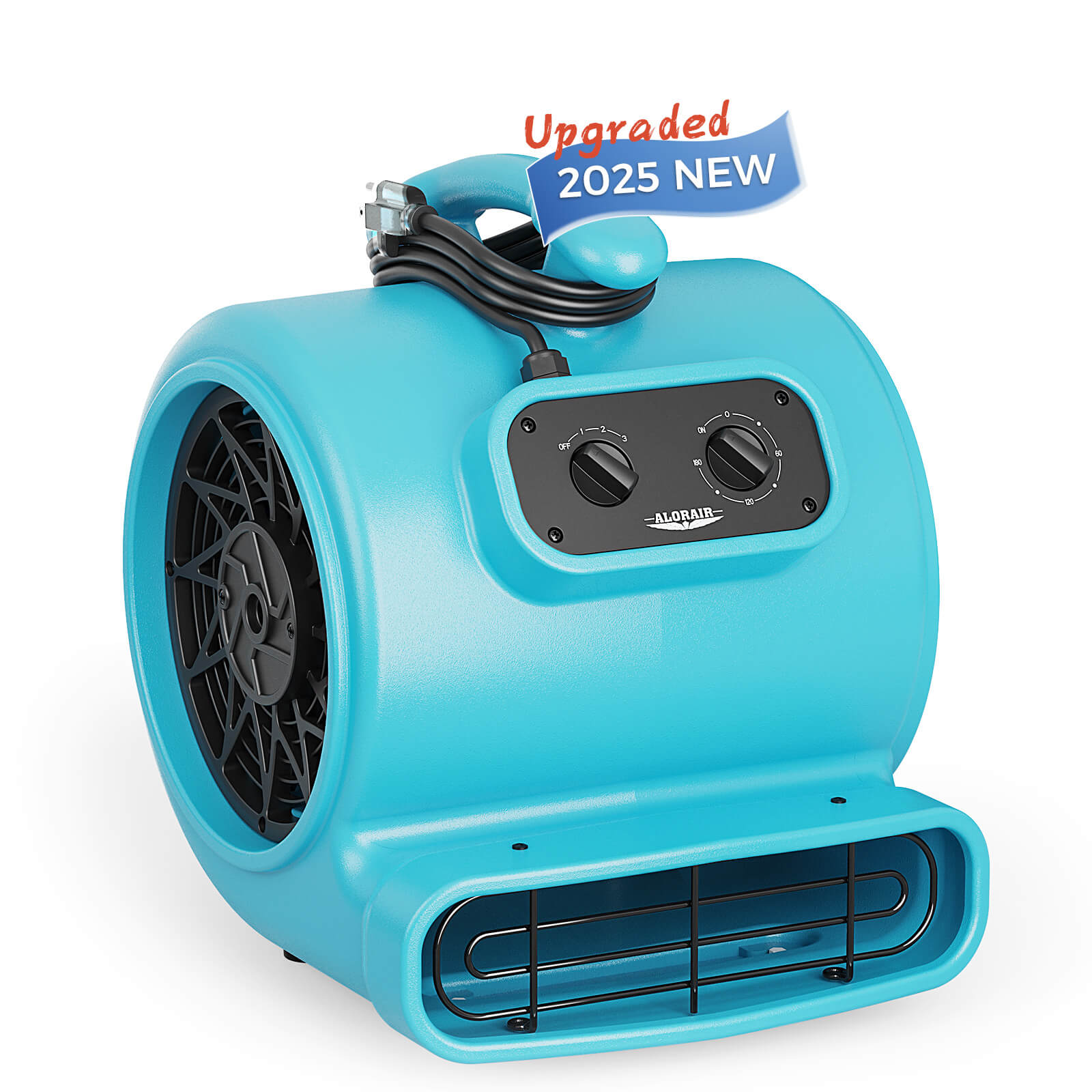
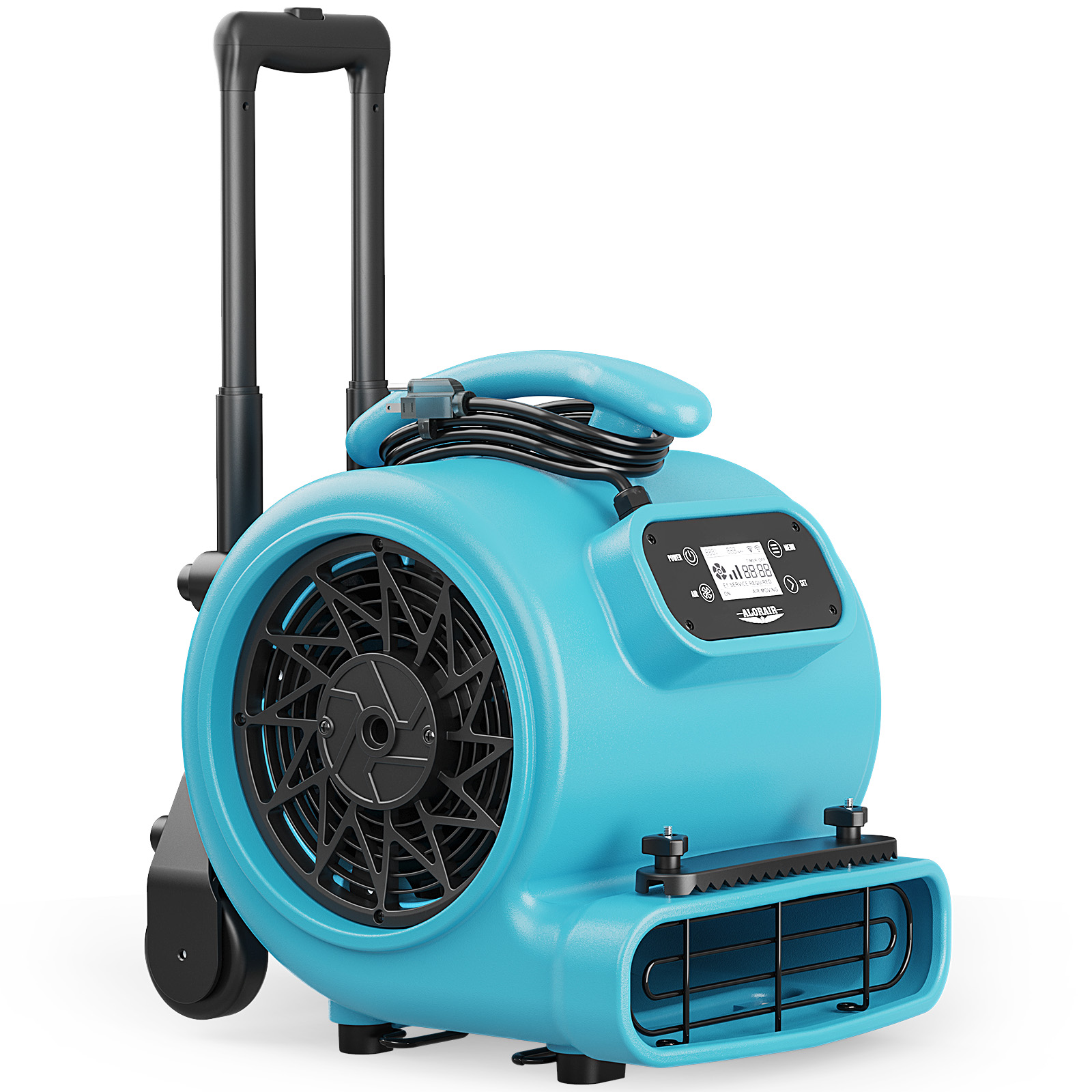


.jpg)
.jpg)
.jpg)





.jpg)
.jpg)
















-.jpg)
.jpg)

.jpg)
.jpg)



























 Exclusive offers
promotions
Exclusive offers
promotions

